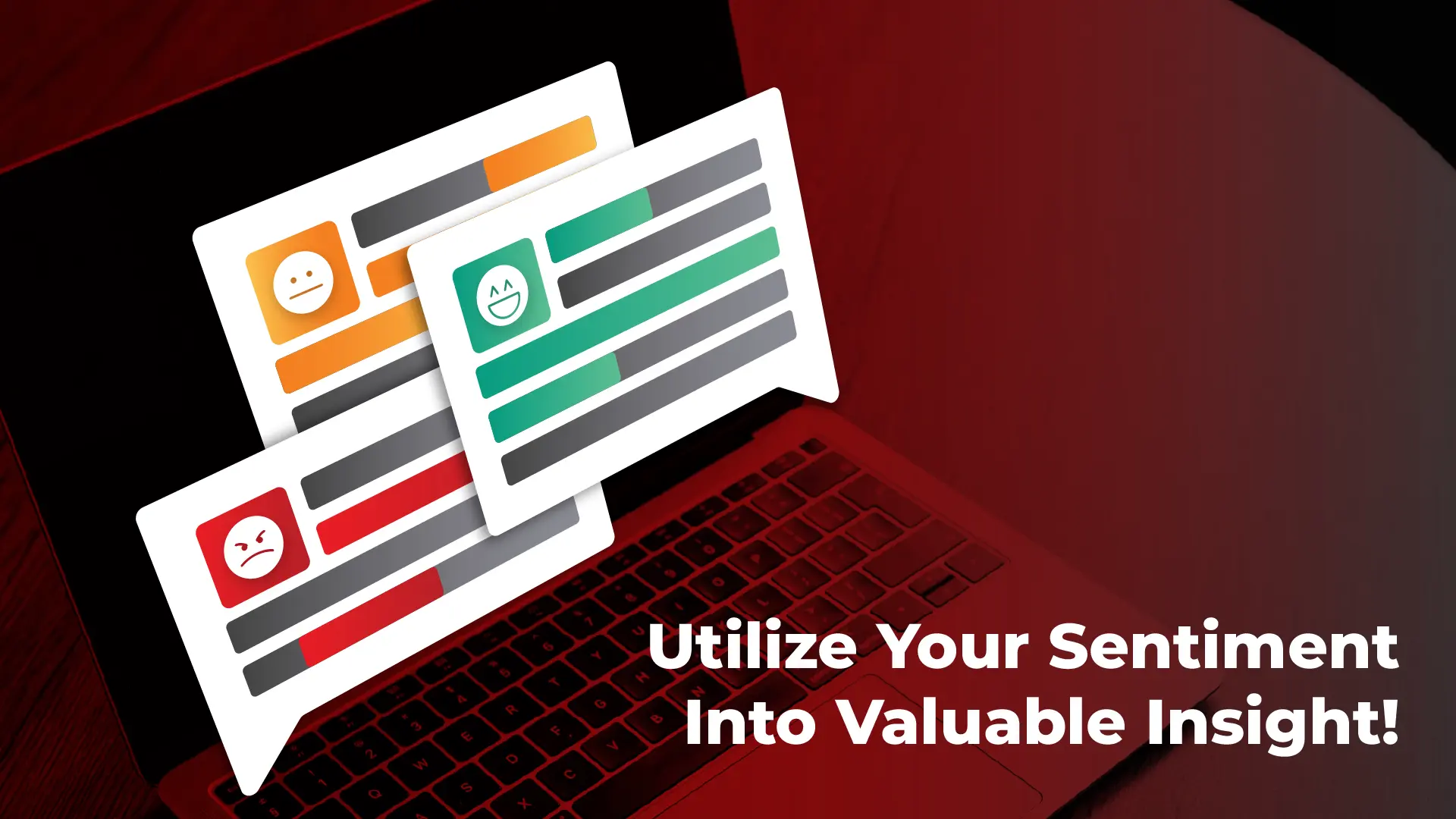As humans, we have become accustomed to expressing our thoughts and feelings, especially through writing. This is why customers share their opinions when evaluating your products or business.
However, with so many reviews on social media, online forums, and blogs, it's impossible to read each one individually. This is where Sentiment Analysis comes into play. With its assistance, you can extract opinions from customer reviews to help businesses understand how customers feel about their products and services.
But how does Sentiment Analysis actually work? In this article, you will learn about its process and the key factors that determine its success.
What Is Sentiment Analysis?
Sentiment Analysis is a technology used to distinguish and categorize opinions and emotions contained within text. Typically, the text is categorized as negative, neutral, or positive. Data can be sourced from various channels, such as social media, online reviews, or direct customer feedback.
Imagine the amount of time and effort required if this process were done manually. With the help of Sentiment Analysis, the process of reading and recognizing emotions can be automated and performed much faster.
Key Success Factors of Sentiment Analysis
You might wonder how to teach a computer to understand text with its various contexts, expressions, and emotions.
The main components for automating Sentiment Analysis lie in the pre-processing stage: thorough data preparation and the right classification method.
Data Preparation
Language is a form of complex and unstructured data. To be understood and utilized by a system, we need to convert it into a structured format for classification.
This process typically includes:
- Data Cleaning: Removing punctuation, numbers, emojis, links, or irrelevant words.
- Tokenization: Breaking down text into smaller units, such as individual words, commonly referred to as tokens.
The results of this stage will be used in the sentiment classification process.
Classification Methods
Once the data is ready, you can choose a classification method to analyze sentiment:
- Rule-Based Sentiment Analysis
This approach uses human-defined rules to identify positive or negative words in the text.
With lists of positive and negative words, the system can search for these words and calculate a sentiment score based on the occurrence of positive or negative terms in the text.
This method is easy to understand and implement. However, it is less flexible when dealing with ambiguous, sarcastic, or double-meaning words. - Machine Learning-Based Sentiment Analysis
This approach utilizes machine learning models to understand emotions in text by learning from large volumes of data.
Models such as Naive Bayes, Support Vector Machine (SVM), or Neural Networks are trained with thousands of labeled text examples (positive, negative, or neutral).
The advantage of this method is its ability to capture meaning based on emotions and context, and it can detect implied meanings that are difficult for rule-based sentiment analysis to understand.
Conclusion
The key success of Sentiment Analysis lies in proper data preprocessing and selecting a classification method that aligns with business needs.
If your business only requires basic monitoring to distinguish between positive and negative comments, Rule-Based Analysis can be a simple and efficient choice.
However, if you want to understand the emotions customers feel toward your products and business, Machine Learning-Based Analysis can provide greater value.
By understanding how this technology works, you can leverage Sentiment Analysis not only to gauge customer opinions but also to make business decisions based on direct feedback from your customers.

Ready to Transform? Get AI Advantage Now!
With over 11 years of experience delivering AI-powered Digital Transformation, KLIK Group is ready to implement Sentiment Analysis by leveraging artificial intelligence (AI) according to your business needs!


RELATED POST
Infographic: Utilization of Sentiment Analysis for Social Media
Nov 28, 2025
Identify The Right Type of Sentiment Analysis for Your Business
Nov 05, 2025
Sentiment Analysis: How AI Helps Businesses Understand Market Demands
Oct 07, 2025